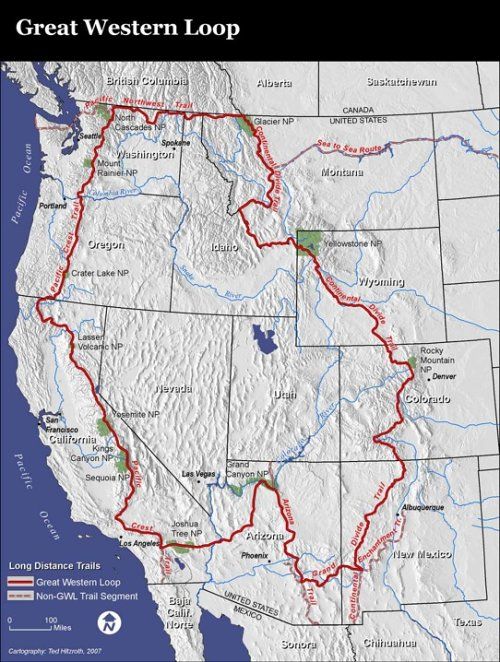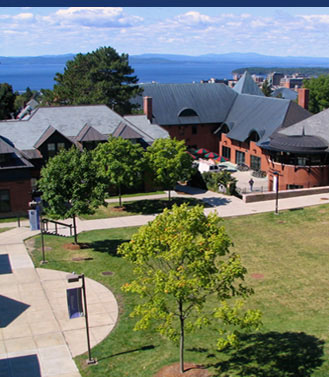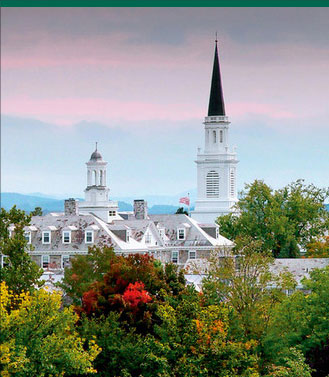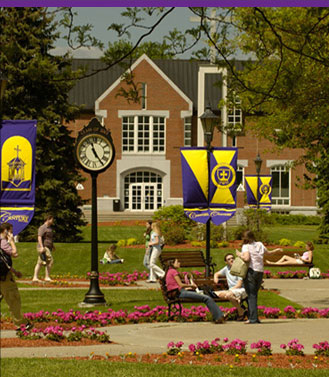The Covid pandemic has impacted our lives in more ways than we care to count and more ways than we may realize. On a global scale it has posed an unprecedented challenge to public health, our food system, and the world of work as we knew it. On an individual level it has steered many adults away from getting their annual physical and preventive screenings including colon cancer screening. With March being National Colorectal Cancer Awareness Month there is no better time to talk about the importance of screening.
Continue reading A little dose of prevention and screening….Category Archives: Well-being
Managing overwhelm and enhancing our mental well-being
It is not news that there is a mental health crisis in our county. We have been hearing about it a lot lately. In August of 2020, the CDC reported that among U.S. adults, symptoms of anxiety had tripled, and symptoms of depression had quadrupled since 2019. Pandemic fatigue, job losses and loss of income, living in a constant state of uncertainty about the future, worries about the health and well-being of our loved ones, a loss of the way of life as we had known it, living in a virtual world, and being constantly connected to our screens, juggling work and parenting…. it’s no wonder that our mental well-being is suffering.
Continue reading Managing overwhelm and enhancing our mental well-beingLiving on a foundation of values
I have been enjoying a lot of time alone in the woods lately hiking up mountains, breathing in the cold, crisp air and being in awe of the magical wintery scenery unfolding before me. These forays into the wilderness have afforded me the opportunity to reflect on 2020 and consider what I want for 2021. For many of us 2020 was one of the most challenging years of our lives. We saw or experienced egregious acts of violence, unrest, and suffering. It was a year plagued by unbelievable hardship. But 2020 may have also given us a most precious gift, the gift of reminding us of what we most value and how we want to live our lives.
Continue reading Living on a foundation of valuesGiving thanks
I am about five years old and am sitting on my dad’s shoulders in my one-piece red snowsuit and big winter boots. I’m waiting with great anticipation for the parade to start. My dad said Santa will be here! It is Thanksgiving and we are at the parade of all parades, the Macy’s Thanksgiving parade. The energy is palpable. The crowd is thick. I’ve never seen so many people in one place. There are people as far as I can see. People are clutching cups of hot chocolate to keep their hands warm. Street vendors are selling balloons and hot pretzels. Steam is rising from the subway grates and the noise of the crowd is almost deafening. I hear the music of the marching band coming our way and I see clowns on roller skates and they’re throwing confetti. The balloons are huge, and the floats are so beautiful. My dad is grinning from ear to ear and I love to see him so happy.
Continue reading Giving thanksFlu shot season is upon us
It’s likely that flu viruses and the virus that causes COVID-19 will both spread this fall and winter. Healthcare systems could be overwhelmed treating both patients with flu and patients with COVID-19. This means getting a flu vaccine during 2020-2021 is more important than ever. While getting a flu vaccine will not protect against COVID-19, there are many important benefits, such as:
- Flu vaccines have been shown to reduce the risk of flu illness, hospitalization, and death.
- Getting a flu vaccine can also save healthcare resources for the care of patients with COVID-19.
The CDC recommends getting vaccinated before flu viruses begin spreading in your community, since it takes about two weeks after vaccination for antibodies to develop in the body and provide protection against flu. Most of the time flu activity peaks between December and February so getting vaccinated in October and into early November will offer the greatest protection.
You can get your vaccine at your primary care practice and at many local pharmacies. For a list of Cigna in-network pharmacies click here. BCBS VT members…to find an in-network pharmacy where you may be able to get a flu vaccine, click here. MVP members….click here. Staying in network for your vaccine will ensure that your vaccine is covered, and you don’t incur any unexpected costs. Most pharmacies offer flu vaccine on a walk-in basis, but it’s always a good idea to call ahead to make sure they have vaccine available and a staff person to administer the vaccine when you arrive.
This year it’s more important than ever for all of us to take action to keep ourselves and those around us safe and healthy and getting vaccinated is one of the best ways we can do that.
Congratulations are in order!
Congratulations to Champlain College and Norwich University for being recognized with a 2020 Cigna Well-being Award. Champlain College is being awarded with the “Outstanding Culture of Well-Being” and Norwich University will be receiving “Honorable Culture of Well-Being”. These awards recognize organizations for demonstrating a strong commitment to improving the health and well-being of their employees and for creating and enhancing a culture of well-being. Applicants are evaluated on five key components of their well-being: Leadership, foundations, program implementation, tools, and health promotion participation data. All applications are reviewed and judged by an internal, multi-departmental review committee from Cigna. This is a wonderful achievement and one that the leadership, faculty and staff of Champlain and Norwich can be proud of. Congratulations to everyone who made this possible.
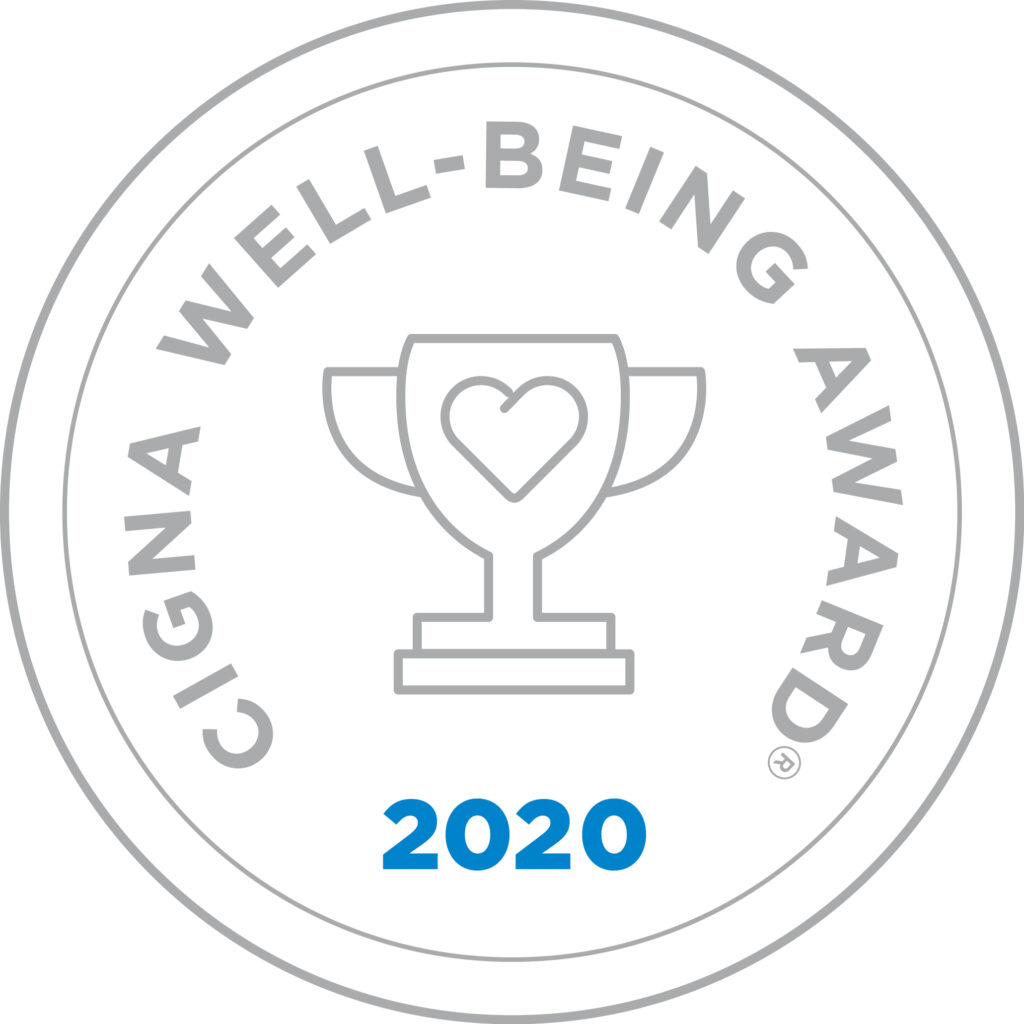
Seasons change and so can we
Fall has arrived and with that means cooler temperatures, shorter days, and for many of us, more responsibilities and demands on our time. While many of us may have been in our self-care grooves this summer, we often have a hard time maintaining these routines as we transition into fall and winter. As a health coach, I so often hear people say, “I fell off the wagon” or “I don’t know what happened. I was doing so good.” Well, I might be able to shed some light on what happened. The environment changed and instead of adapting we dug our heels in and tried to maintain the same routines under completely different circumstances. If you’ve been on the “on the wagon/off the wagon” in the past, I’ve got some strategies and new ways of thinking that just might help you drive the wagon exactly where you want it to go this fall and winter.
Continue reading Seasons change and so can weEnhancing your financial well-being in uncertain times
Ninety percent of Americans recognize the impact of money and their finances on their well-being. Many of us are feeling our stress level rise with the uncertainty that Covid has brought with it. We may be experiencing a loss of family income, increased expenses due to unexpected childcare needs or we may have seen our retirement savings decrease. Whatever the cause, money woes can be overwhelming but there are things we can do to take control of the situation. Check out this resource guide for coping with financial uncertainty developed by Northwestern. In the resource guide, you will learn about how your Employee Assistance Program (EAP) can help, tips for coping with stress, dealing with creditors and how to address mortgage issues. To find out how to access your EAP, refer to your school’s Well-being Resource Guide.
Healthcare consumerism…not the dirty word you might think it to be
Consumerism, the word makes me cringe. As a minimalist, the idea of too much stuff makes me anxious. As a lover of our environment, the idea sounds irresponsible and as someone who values stability and personal responsibility, the idea of consumerism sounds like it would fiscally irresponsible for me. For many of us the idea of consumerism probably sparks some discomfort or negativity but in the case of healthcare, consumerism is a good thing.
Healthcare consumerism means people “proactively using trustworthy, relevant information and appropriate technology to make better-informed decisions about their health care options in the broadest sense, both within and outside the clinical setting” (Carman, Lawrence & Siegel, 2019). Being proactive and informed….now that sounds empowering. That is something I can get behind. But how can we become better consumers of our healthcare?
There are three, primary actions we can take:
- Make the most of your medical appointments by being prepared. Check out these tips from the Dartmouth Center for Shared Decision Making.
- Take personal responsibility for your self-care behaviors: Our health is largely determined by the seemingly small behaviors we engage in every day. In Vermont, three behaviors (poor diet, lack of physical activity and tobacco use) lead to four diseases (type II diabetes, cancer, heart disease & stroke and lung disease) that are responsible for 50% of all deaths.
- Take advantage of tools to support your decision making. For our Cigna members, check out this video to learn about the cost comparison/cost containment tools available to help you make the most informed and fiscally sound decisions.
Being better consumers of healthcare, like anything, comes down to commitment and practice. Choose to be prepared, to take responsibility and to use the tools available to you to help you be successful. You have got nothing to lose and everything to gain.
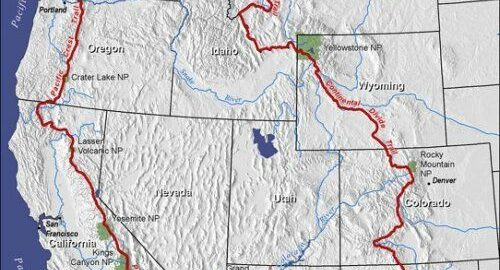
Gather up your teammates and get ready to race around the Great Western Loop
Grab your coworkers (and partner/spouse/family members) and work together to be the first team to complete the Great Western Loop. This 6,875 mile trail links together five long-distance hiking trails: the Pacific Crest Trail, the Pacific Northwest Trail, the Continental Divide Trail, the Grand Enchantment Trail, and the Arizona Trail. It features some of the most remote, beautiful, hostile, and pristine environments in the United States, including the Mojave Desert, the Sonoran Desert, 12 National Parks, and 75 wilderness areas.
Each participant on your team will be able to bike, hike, swim, paddle or engage in a host of other activities which will be converted to steps to move your team toward the finish line. Each day participants will “check in” to the DIEMlife app and manually enter their type and duration of activity. The app will automatically convert the activity to steps and move the individual and team along the leaderboard. The team who completes the trail first will win the designation of “The Great Gallivanters”. At the conclusion of the challenge all participants will be entered into a drawing to win one of ten prizes including Garmin Forerunner watches and $100 gift cards. All participants will have an equal opportunity to win a prize.
The challenge will begin on Monday, July 20th and will start and end at the Grand Canyon. The challenge will conclude when the first team arrives back at the Grand Canyon.
Registration is simple.
1) Click the link below for your school to be directed to your team (spouses/family members are welcome to join).
2) Once there you’ll be directed to either create an account or log in to your existing account.
2) Watch the short (2 minute) video which will give you all the information you need about how to track your activity and how to view your individual and team’s progress.
-To join the Champlain team: Go Here
-To join the GMHEC team: Go Here
-To join the Middlebury team: Go Here
-To join the Norwich team: Go Here
-To join the St. Michael’s team: Go Here
4) Download the DIEMlife app to start tracking your activities/racing *activities cannot be logged until Monday…no head starts 🙂
-iOS: App store link
-Android: Play store link
5) Have fun!
I hope you’ll join us.
